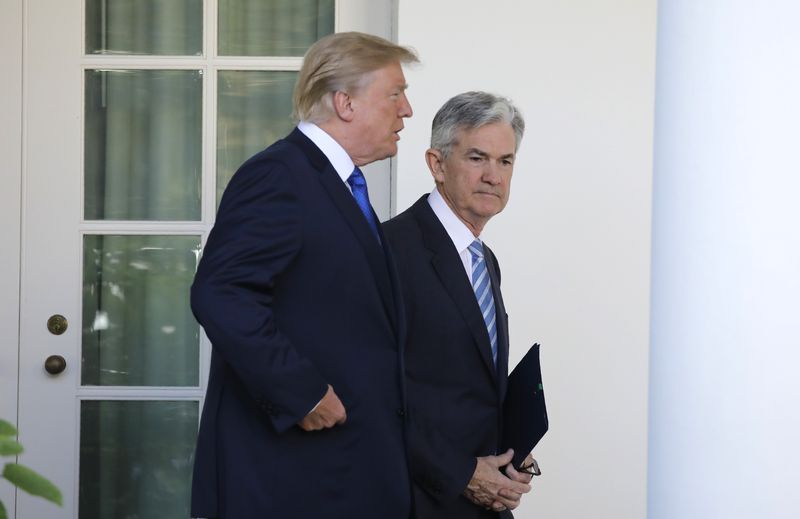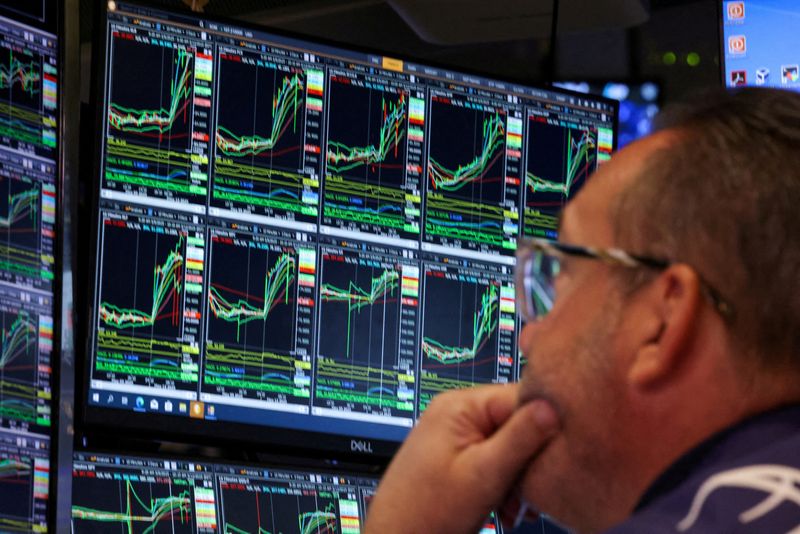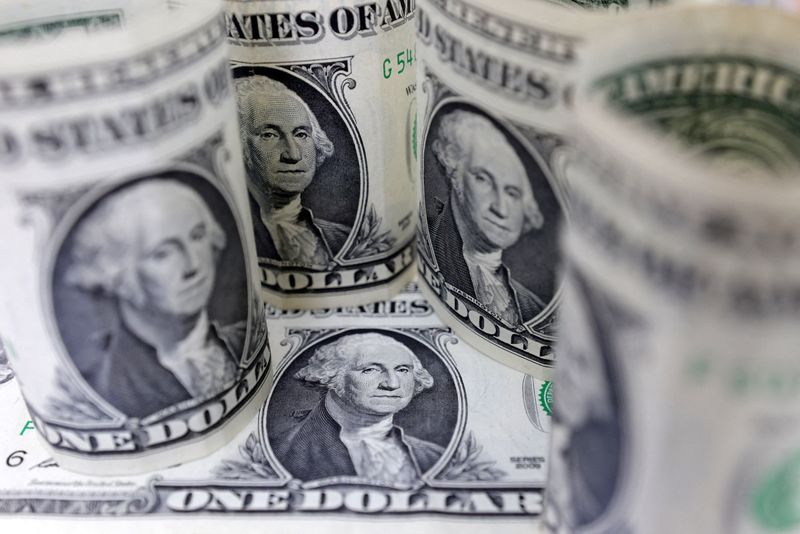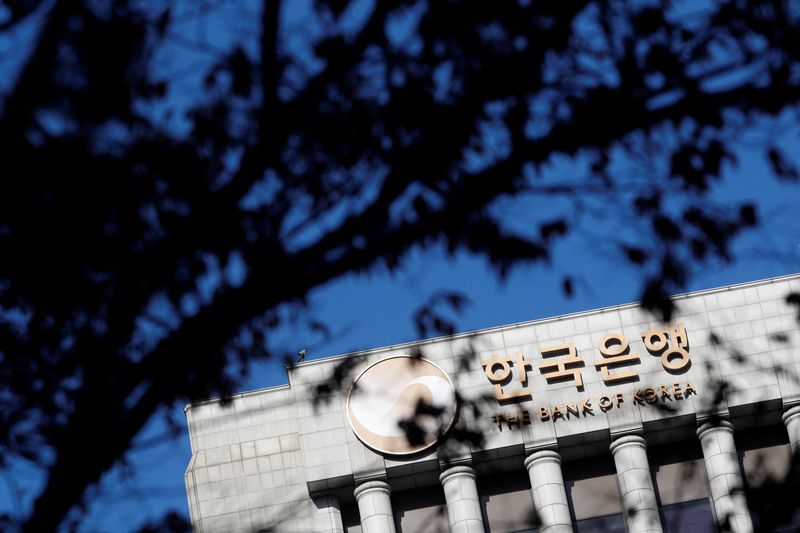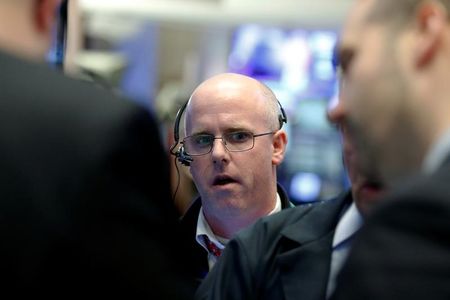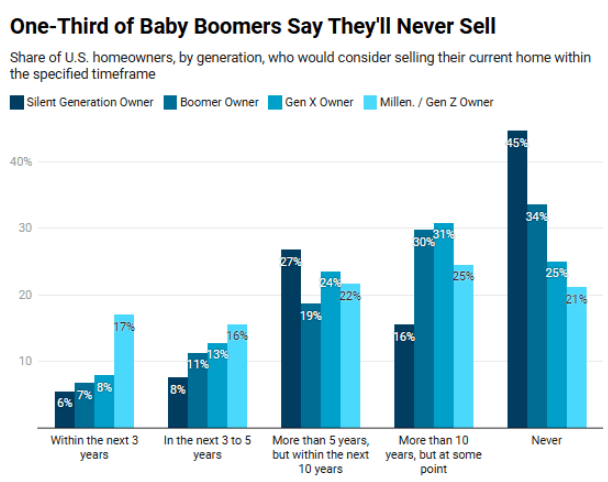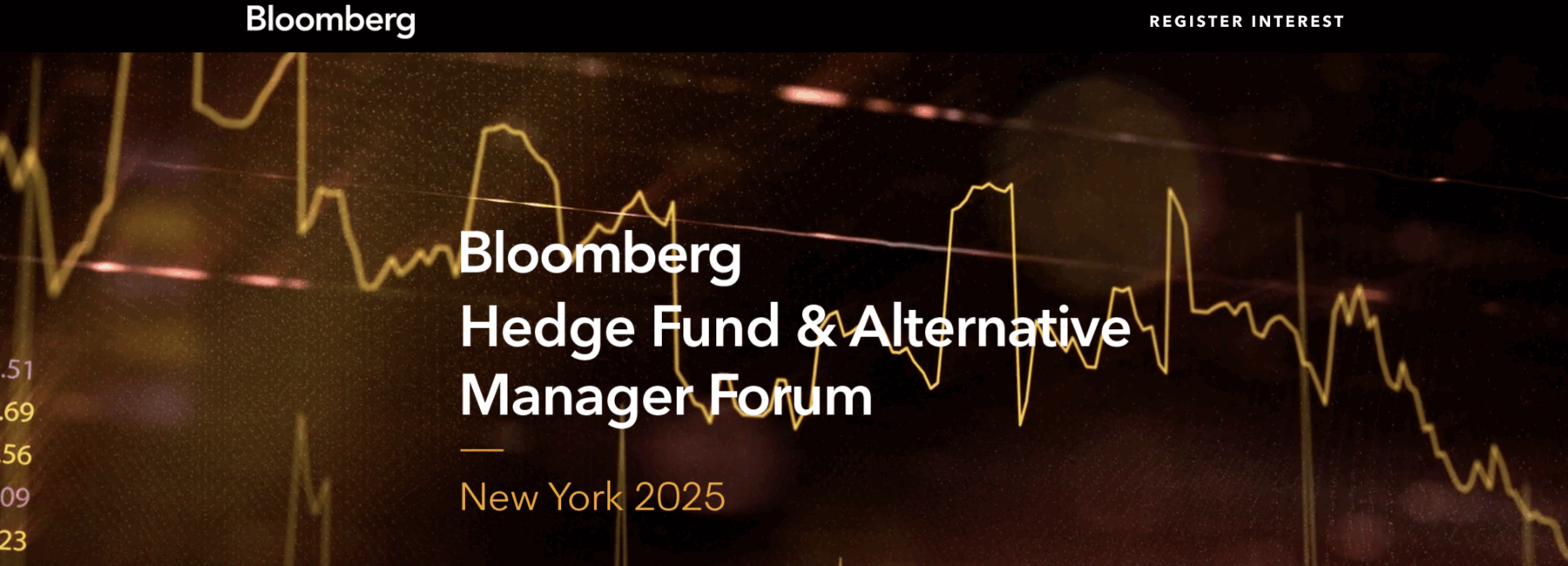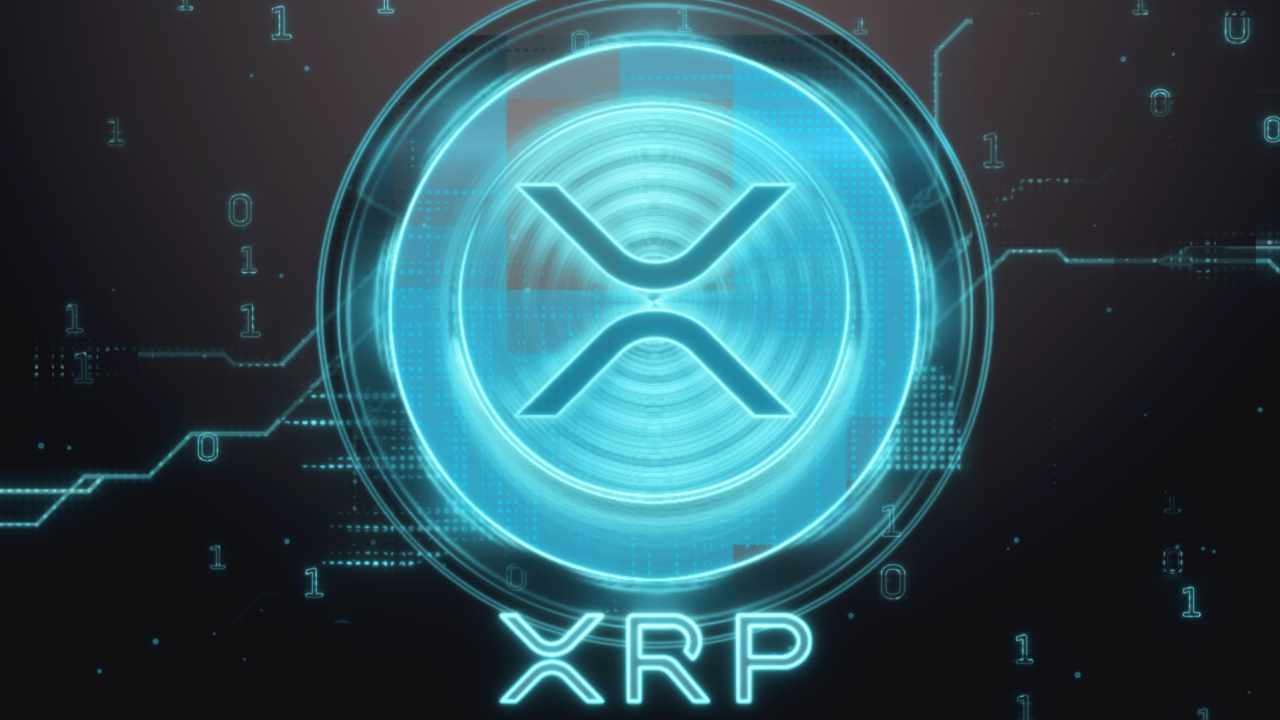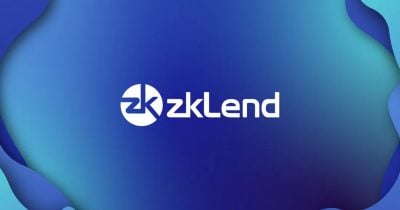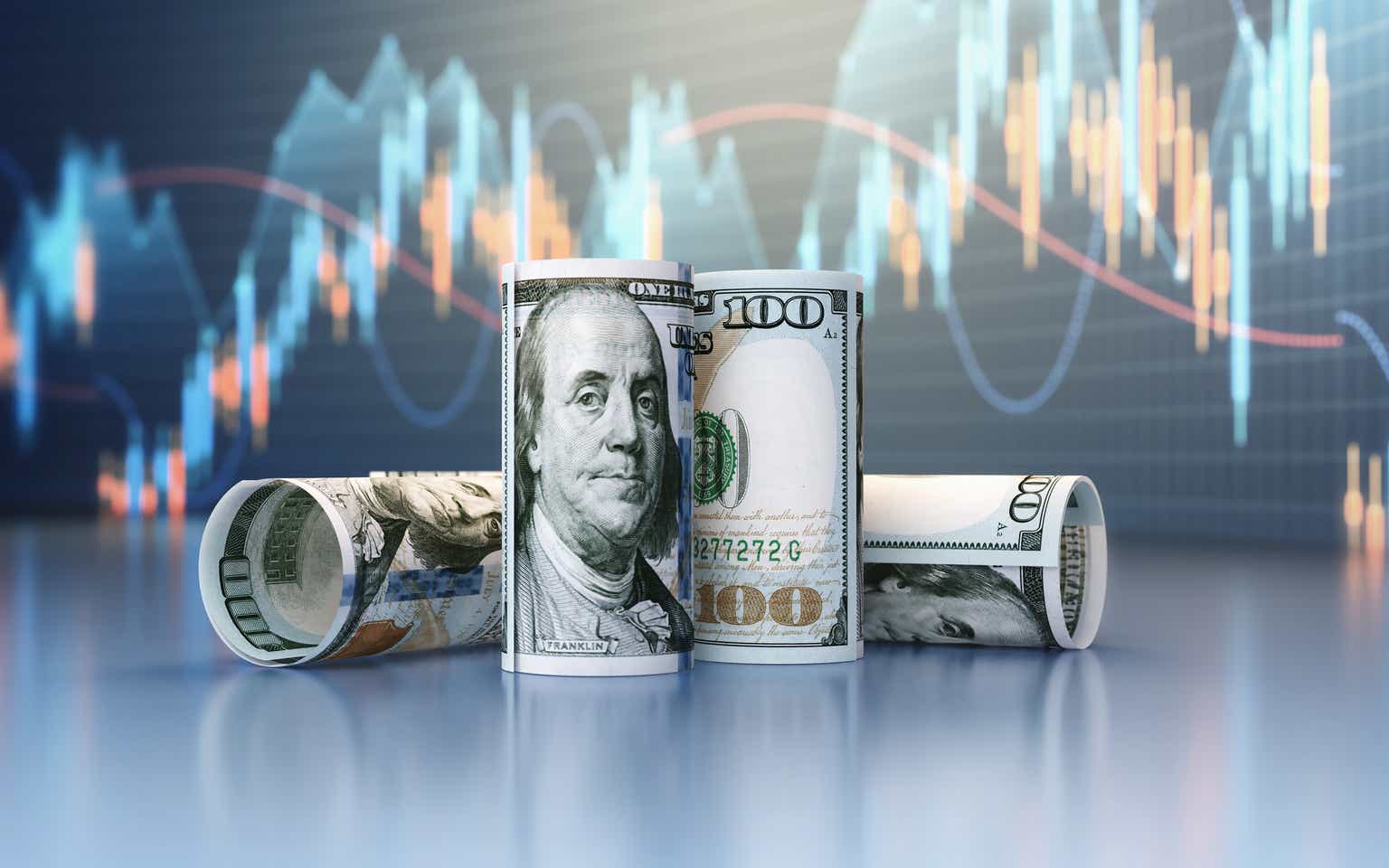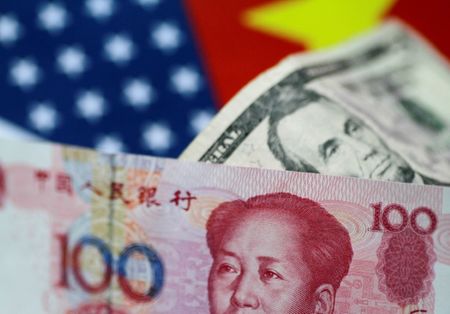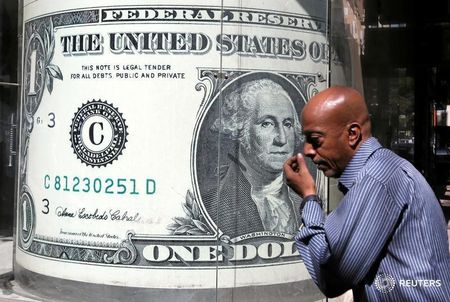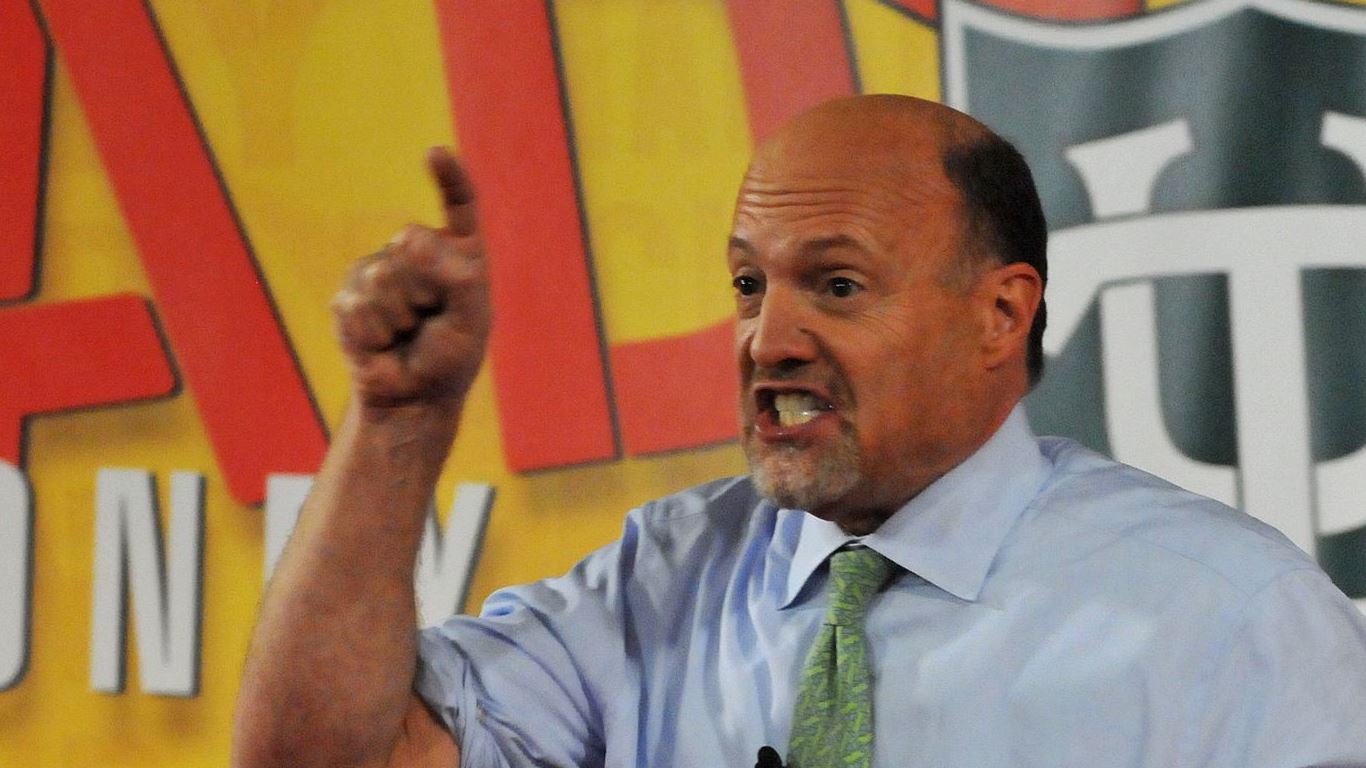My Neighbors Disapprove of YieldMax Funds, Who’s Right?
Investors all have a subjective sense of risk tolerance, strategies, liquidity, objectives, and a host of other criteria that defy easy pigeonholing. Some want massive growth. Others prefer steady income. A great many fall in between those two poles, with a blend of growth and income and a risk mitigation component to serve as volatility […] The post My Neighbors Disapprove of YieldMax Funds, Who’s Right? appeared first on 24/7 Wall St..

Investors all have a subjective sense of risk tolerance, strategies, liquidity, objectives, and a host of other criteria that defy easy pigeonholing. Some want massive growth. Others prefer steady income. A great many fall in between those two poles, with a blend of growth and income and a risk mitigation component to serve as volatility guardrails often cited.
YieldMax Exchange Traded Funds (ETFs) have exploded in popularity in recent years, thanks to eye-popping triple digit annual yields and glowingly rave reviews on social media from FIRE (Financial Independence Retire Early) enthusiasts. The complicated deployment of an option strategy to play the volatility properties of high-flying Magnificent 7 and other tech stocks has led to YieldMax creating a catalog of ETFs that track various stocks and indexes with the addition of a fat monthly or weekly dividend payment. While the YieldMax combination of ultra high yields with a high growth underlying stock peg may be attractive, some diehard FIRE adherents who are pure growth devotees, have criticized their ETFs as “underperforming” relative to the underlying stocks. A minor controversy, perhaps, but an explainable one, upon further scrutiny.
Key Points
-
ETFs are designed for a wide range of different investment objectives, so there is no “one size to fit all”.
-
YieldMax ETFs are designed for high income and Return of Capital (ROC) within their structures. Like a bond, it is not necessarily intended for any appreciable capital appreciation growth.
-
Income oriented investments using a DRIP strategy or other type of compounding can realize growth with the income option reserved in case of emergencies.
-
Are you ahead or behind on retirement? SmartAsset’s free tool can match you with a financial advisor in minutes to help you answer that today. Each advisor has been carefully vetted and must advise you steps to take with your portfolio that will best serve your interests. Don’t waste another minute – get started by clicking here.(Sponsor)
The YieldMax Criticism

Some dissenting opinions appeared on Reddit earlier in June that pointed out that “26 out of 27 YieldMax ETFs underperformed” the stocks they tracked, even after dividends. When viewed from a pure growth perspective, the comment is correct. However, there is more to the mechanics of the YieldMax model than meets the eye, and the dividend component offers a considerable latitude of strategic flexibility for managing taxes, reducing daily monitoring, and several other factors.
YieldMax Covered Options – The Secret To The Huge Yields

The huge YieldMax ETF dividends are all derived artificially through the innovative use of derivative options that create value thanks to the intrinsic volatility of the underlying stocks or indexes tracked by the ETF.
By collecting premiums for covered call writing while hedging downside risk with puts on the opposite side of the spread, YieldMax maximizes its efficient use of funds to keep costs low and liquid for each new month of call underwriting. Given that 90% of call options close out early or expire worthless, YieldMax’s mechanics generally follow the following pattern:
- Instead of actually expending thousands of dollars per share for an underlying stock, YieldMax will buy a leap call option (long maturity) and create a synthetic covered call by writing a near term call against it.
- YieldMax then sells a short put, along with a put option for the same strike price and expiration as the leap call.
- Maximum risk is limited to the cost of the leap call.
- The cost of the synthetic covered call is far less than conventionally acquiring the underlying stock to do a traditional covered call.
- The synthetic derivative will also hold US Treasuries for added capital protection.
Catering to an unquenchable thirst for out of the money calls on the buy side of the market from leveraged buyers seeking a quick profit, YieldMax creates its synthetic derivatives when underlying delta and remaining time value appear to be optimal. YieldMax then plays the odds that every passing day the stock trades down or sideways ensures the likelihood of the option being worthless by expiration Friday, so they can repeat the process for next month. The caveats of the ETF model is that: 1) There is a Return of Capital component potential that can theoretically reduce the initial investment to zero, at which point ongoing dividends would be treated as capital gains instead of income. 2) The monthly dividend and call option protocol limits the ETF upside by anywhere from 20-60% on average vs. that of the underlying stock or index.
The Flexibility of Dividends
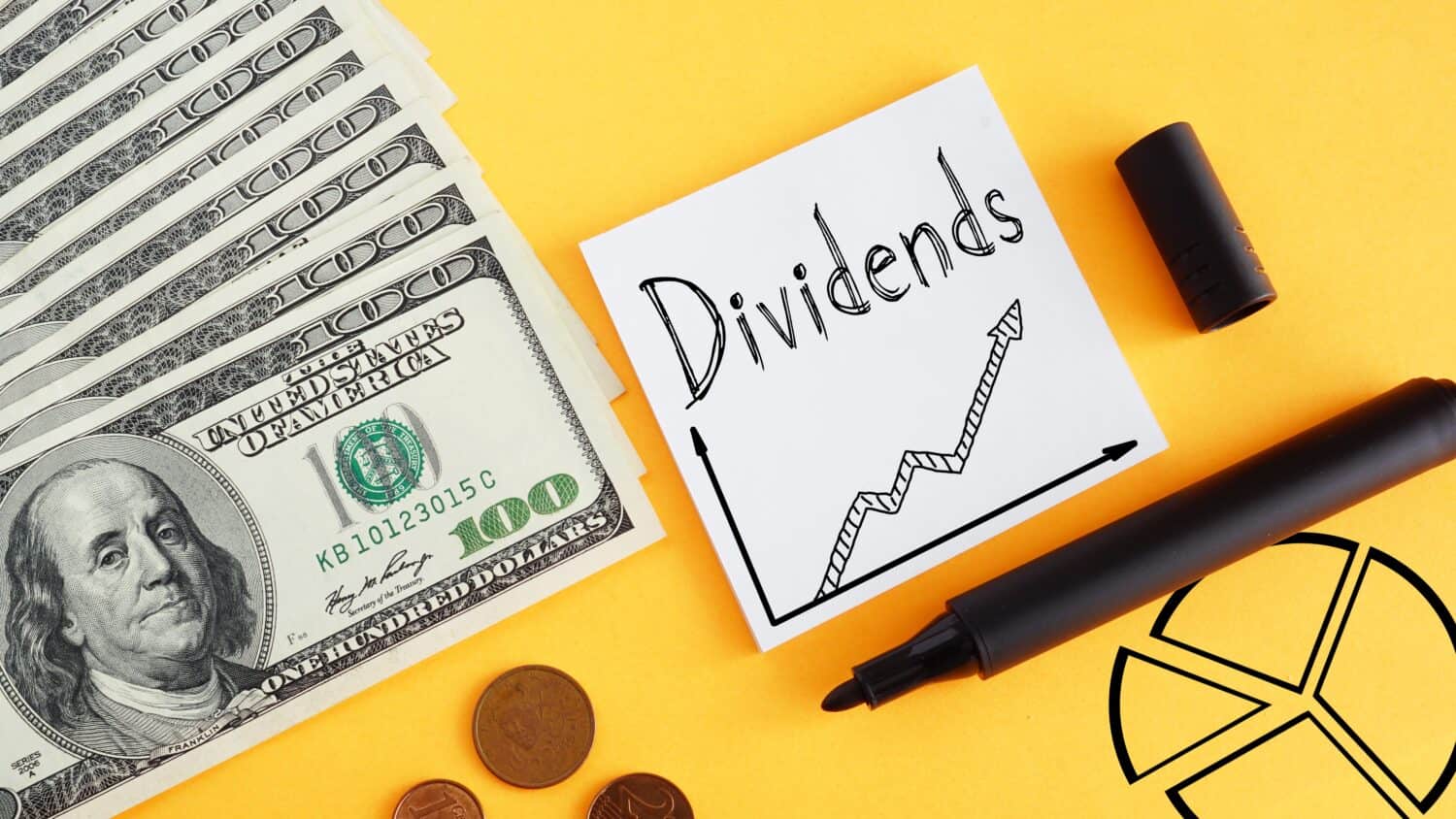
The fallacy of the YieldMax criticism is that it presumes that anyone investing in an ETF connected with a particular stock is doing so solely because of a desire to invest in that stock’s upside growth potential. Investors with a growth focused mindset often overlook the fact that income and yield investors look at the market from a very different perspective. The anomalously large dividends paid by YieldMax ETFs create a broader range of strategic choices for an investor to customize their portfolio returns. Some of these include, but are not limited to:
- Straight Income: for retirees that are now in a lower tax bracket, generating triple digit income with a Return of Capital component in their IRA account can be a welcome cash injection. With income tax less of an issue, the income boost can help to offset losses that may have been incurred due to early liquidation to pay for necessities during the 2021-2024 inflation years.
- DRIP: Dividend Reinvestment Programs (DRIP) are a way for investors to put the power of compounding on autopilot if they don’t need their dividends to pay for expenses. A DRIP plan has few to zero fees and continues to add to an ETF or stock position with every dividend payment.
- Misunderstanding the Model: There is a mistaken assumption that while the ETF may not grow at the same rapid clip of the underlying stock, the income component will make the ETF go belly-up after 6 months. Such is not the case. As stated above, in the event that Return of Capital has been completed, continued ownership of the ETF would generate a revised 1099 that lists subsequent dividends as capital gains, as opposed to income.
- Leverage and Price Differential: A considerable number of the Magnificent 7 stocks have market prices in triple figures. Since the majority of the ETFs are trading at roughly 20%-25% of their corresponding underlying stock prices, a 4:1 or 5:1 ratio and getting a proportionate, though not equivalent upside, is still an acceptable tradeoff for many happy YieldMax investors. For example: Microstrategy (MSTR) stock went from $68.43 to $392.12 from 2/21/2024 to 6/9/2025 for a 473% increase. The YieldMax MSTR ETF (MSTY) went from $21.60 to $21.21 during the same period, but delivered 276% in distributions.
- Timing the Market: Part of the argument against the YieldMax ETF is that one could conceivably sell a single share of the underlying stock for equivalent income while riding the balance of a position for greater gains. Apart from the fact that such a scenario is impractical, as one may need income on more than on an annual occasion, the depletion of a position with considerably fewer shares at a much higher cost basis means that the position will continue to shrink, despite a higher growth rate. The YieldMax ETF scenario on a DRIP plan continually compounds and adds to the overall position while at the same time making liquidity easily available should the need arise.
Clearly, YieldMax ETFs can be a helpful contributor to a portfolio, but like all other subjective perspectives, the percentage of its place in a portfolio is a case-by-case situation. A blend with other index ETFs and other investments that are designed to meet one’s objectives and risk tolerance concerns is something probably best discussed with a financial professional for more comprehensive advice.
The post My Neighbors Disapprove of YieldMax Funds, Who’s Right? appeared first on 24/7 Wall St..





